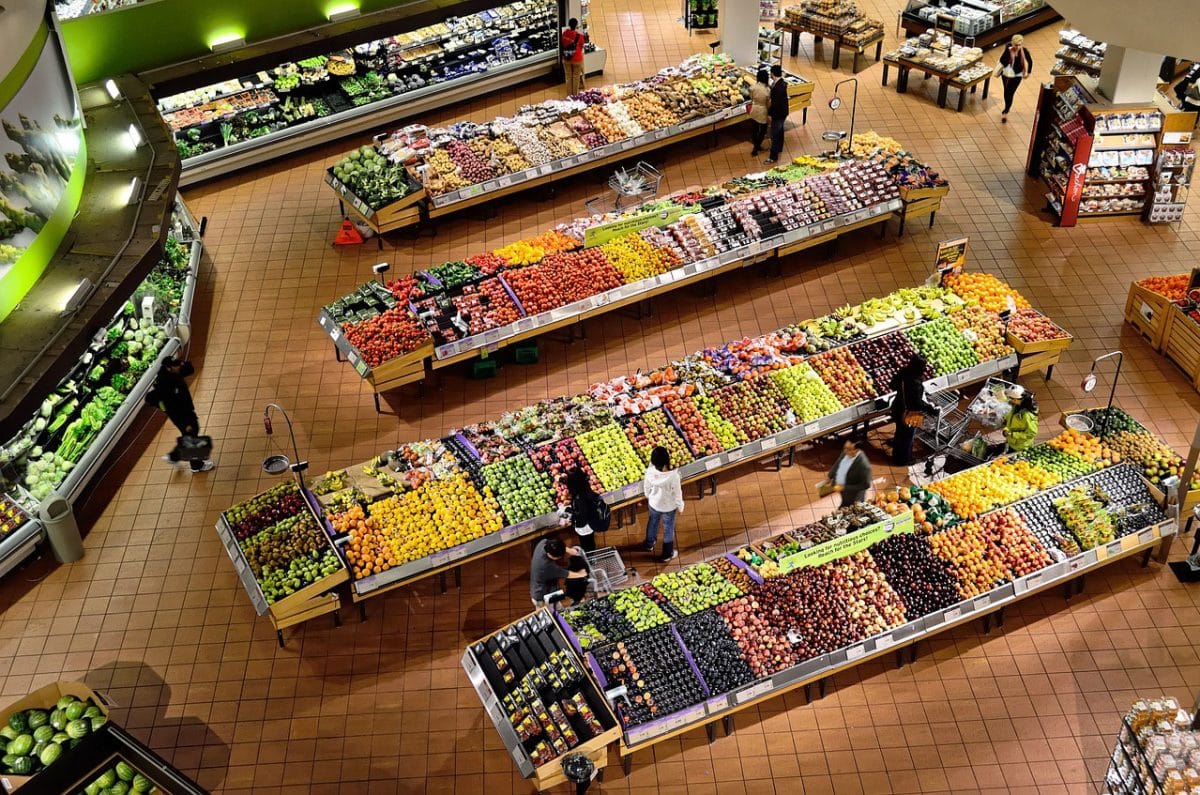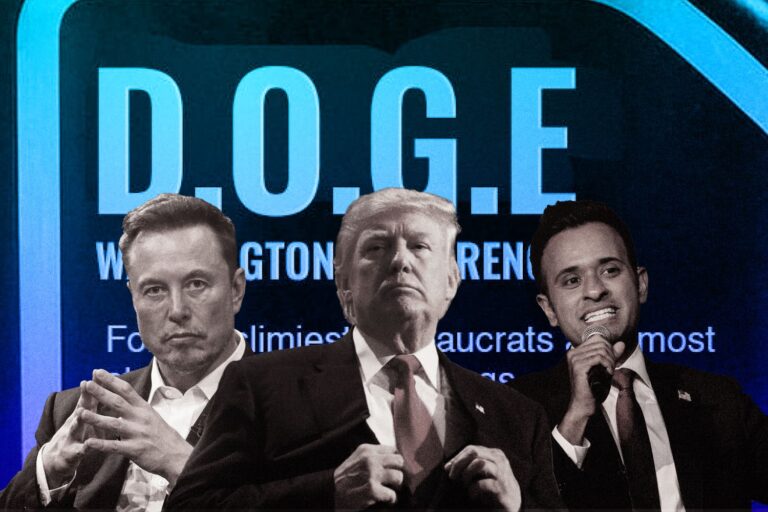Retail Marketing: The Four Key Strategies Revealed
With the growth of the entire economy and technology, retail marketing is one of the most exciting and highly competitive activities in today’s consumer market, playing an important intermediary role in bringing revenue to producers and meeting the needs of consumers.
What is Retail Marketing?
Let’s take a simple example:
John need to buy a suitcase for his summer vacation, he can buy any convenient suitcase of any brand from a nearby shop or from a supermarket; he may also have an option to visit Skyway store to buy one. So how can Skyway retailers attract him to go to their store and make a purchase. Retail marketing will be in charge of leading John to Skyway stores and meet his requirement to convert into revenue, by composing all the marketing elements in a smooth flow.
From the situation above, retail marketing is typically known as the task of creating promotion and delivering goods and services to retail consumers for the purpose of increasing awareness and interest of consumers to the goods to make their purchase, which helps retailers generating sales.
This retail statement sounds like traditional marketing, but functionally it is not. When you first hear about “Retail” and “Marketing”, your brain may immediately puts them in the same category. However, these two words have their own distinct meaning due to their different performance. So, how do they differ?
The difference between “Retail” and “Marketing”
“Retail” is the process of selling in-store, starting by purchasing products from major manufacturers or wholesalers and resale to the end consumer. Revenue is converted directly by the moment consumers decide to buy the product through all the showing factors around, in a defined distance.
On the other side, “Marketing” is the process of selling in-word, by spreading awareness of the brand. Revenue is converted indirectly through leaflets, banners, emails, social media channels, or product introducing events, in a wide distance.
Another remarkable distinction is their different performance stage. Specifically, traditional marketing comes on the first stage to do the task of brand identity and consumer’s product absorbing process. After that, retail marketing will take care the rest part of the flow by displaying the real goods in the most persuasive ways and delivering significant service to bright out best shopping experience to consumers then finally close the deal.
Despite having different functions, both retail and marketing are on the same purpose of creating connecting rope between goods and consumer. Theoretically, retail could exist without marketing, in case it could attract people by appearance, price or location when they wander into the store with no prior knowledge of the brand – But this way wouldn’t bring the business to further success.
The question suggested is how can retailers do their marketing task in the store to get new consumers? What is the primary key that leads to the success of a retail marketing plan? The next section below will show you the answer.
Main feature factors The Four P’s of Retail Marketing
Retailers usually use a combination of various elements of promotion mix to achieve business objectives by answering the questions in each of the four P’s and figuring out a thorough understanding of consumer features, which is considerably one of the most important first step of marketers in retailing strategy.
Product
Every organization has a product mix that is made up of product lines. To get the product mix produced by a company closer to consumers, it is offered for sale at retail stores. Retail organizations have very different sizes. They can be a single store or associated stores including many branches, general department stores, specialized stores, discount stores, and consumer cooperatives. The retailer must decide the price range, fashion, and selection offered, which required to match successfully to customers. These efforts also aim at building the store image.
The basic components of product mix are:
- Services
- Packaging
- Brand
- Product Item
- Product line
The various product mix strategies are:
- Launching new products from time to time
- Alteration of Existing Products
- Eliminate an entire line or reduce assortment within it
- Trading Up
- Trading Down
- Product life cycle management
Price
Price has always been one of the most important factors in retail buying decision. It is also the easiest and quickest element to change and helps an organization to achieve its objective. To have a good impression on customers, a pricing strategy must be consistent with retailer’s overall positioning, profits, sales and appropriate rate of return on investment. Another important point of determining a reasonable price is to make certain considerations of the market position of the product, customer segment and stage of the product life cycle, competitor’s strategy.
The price has to be fixed based on the target market, the product and service mix, the demand and competition.
The components of price mix are:
- Organizational objectives
- Competition
- Cost and profit
- Credit terms
- Discount etc.
- Fixed and variable costs
- Pricing options
- Pricing policies
- Proposed positioning strategies
- Target group and willingness to pay
Place
The location of the store is a vital decision, including many essential requirements such as being near the target audience, visible on well-travelled streets and suitable physical structure. These factors impact significantly on getting customer traffic to the stores.
Another important component of place is physical distribution including transportation, warehousing, material handling, bulk packaging etc, which helps to ensure the flow of goods works smoothly.
Following are the components of a retail price mix:
- Distribution channels
- Intermediary
- Distance Factor
- Inventory Level
- Transportation
- Warehousing and Storage
Promotion
With the aim of maintaining current customers and attracting new ones, marketers must make effective use of promotions such as special sale offer, festival discount, anniversary offer and discount coupon. Beside these offers, retailers also spend their promotional budget on developing advertising campaigns and generating better services with suitable methods considered by necessary elements such as desired store image, budget allocation and flexible enough to modify whenever need arises.
These various promotional vehicles may by compared on the basis of following issues:
- Cost of the method
- Its reach
- Degree of flexibility
- Credibility
- Control over media
How to master Retail Marketing Strategy
As mentioned above, the four P’s is the most important first step in retail marketing. However, a full understanding of the four P’s as well as detailed knowledge of retail process just stop in the theory. So how can it be implemented in real actions? Four retail marketing strategy below will reveal some useful tips to start with a retail marketing campaign.
Defining target audience
Understanding who the product’s customers are is one of the most important parts of starting a retail business. The more detail about customer’s behaviour, the more practical marketing plan will be. To find out target audience for a specific product, marketing research is an indispensable process. This involves two main forms: primary research and secondary research.
Primary research – This form requires to be active in designing question structure to learn more people buying the products by making a survey customers surveys, hosting a focus group about a product, or hiring a third-party research firm to carry out buyer behaviors.
Secondary research – This form is the act of deriving insights from existing research and analysis about customer database, which provides a further understanding of shoppers’ rationales.
Setting up atmosphere with content
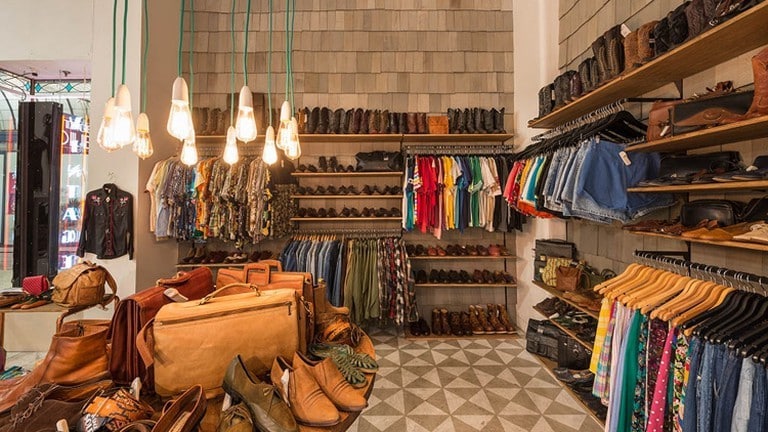
Store atmosphere is created by the design, color and layout of a store. A retailer works on both exterior and interior designs to create an appropriate store atmosphere and display the product in an attractive way to stimulate customers to buy once they are in the store.
Also, it would be very remarkable when putting into the display a story or a theme, which could fit well with the target customer’s interest to make them linger on in the store for longer.
For instance, a fashion shop specializing in selling vintage clothes for teenagers is usually designed with deep tone color and old decorative accessories reminding of the past in a quite narrow space. This style of fashion as well as the store design will attract right on the target audience by all their interest and enjoyment in a nostalgic atmosphere.
Leveraging social media
Social media are powerful marketing tools nowadays supporting many fields and business in society. Retail marketing is a typical implementation of social media. There are three popular platforms today should be considered in retail business: Facebook, Instagram, and Pinterest, which are all consumer-centered social networks, the “fertile and ideal land” for retail business operators.
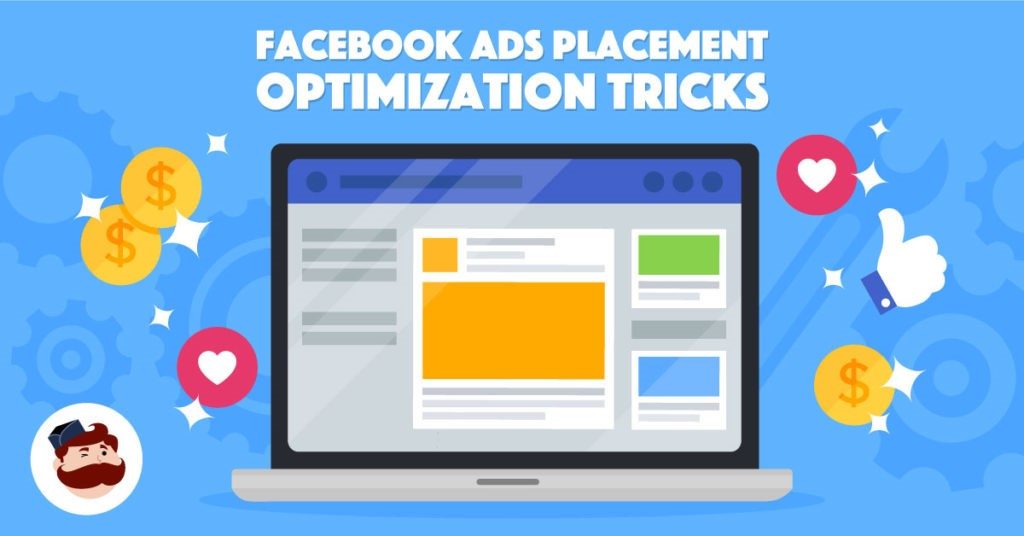
Facebook is not only a social networking but it is also an effective advertising tool and advertisers will have to pay for it if they want their brand to appear more on the interface.
However, recently, especially in 2018, Facebook has announced that it will make changes on the New Feeds to prioritize content from friends, family and similar groups. Therefore, businesses will face more difficulties in reaching customers.
However, running ads on Facebook still has a certain effect when targeting the right audience. Ideally, it is advised that marketers should run different advertising campaigns and make a comparison about metrics of each one such as link clicks, interaction level, sales. Then, based on data collected to determine the ROI (Return On Investment – the rate of return on your investment costs). This is the best way to find out what type of ad is right for the purpose involving demographic, location and budget on each campaign.

Instagram is a social network that primarily uses images. It is very useful for retail strategy in shopping online. Different from facebook, the interface of instagram only prefer quality images – it’s really rarely seen unclear images on instagram. Therefore, to get a spotlight on this social channel, there must be an investment in image quality with specific content and mainstream color. It would be better to leave a mark or create brand identity feature on each picture. For that, customer can easily recognize the brand or product of a defined retailer.
Instagram story is a great feature to promote business message and get closer interaction with potential customers. The main thing should be most invested in this feature is selecting content and displaying it as an inspiration for customer keep following the channel.
Additionally, another crucial factor to run an Instagram campaign in retail marketing is the use of hashtag. Studying the keyword carefully will make the hashtag relevant to the brand and get the post closer to person who has interests matching with the product and become the potential customers.
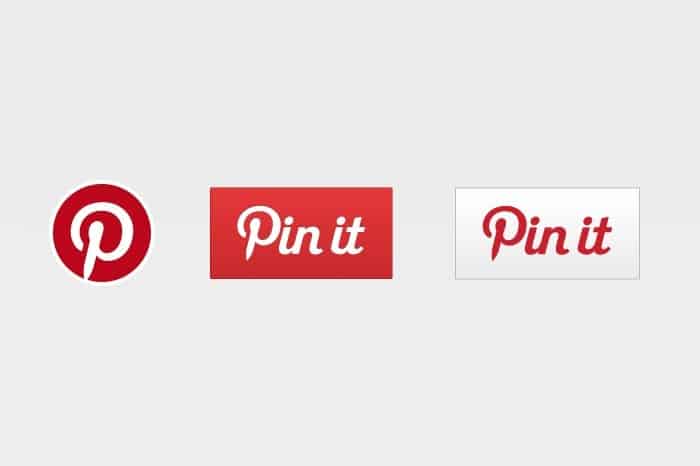
Pinterest is known as a fantastic land to share ideas. With creating board feature, retailers can make it simple for potential customers to navigate to things they care about. Another interesting feature of Pin is automatically sending notifications to customers for suggesting more for their pinning on Pinterest – a good way to introduce retail’s products directly to them.
Conclusion
A good retail marketing campaign always goes with the right marketing strategies. By testing different ways and analyzing metrics carefully, it will ultimately come out with expected results. When thinking about retail marketing performance, retailers shouldn’t put heavy pressure on sales. Providing good store location, truthful content, good quality products with logical management and significant service are the most last long value marketing activities of any retailers.

